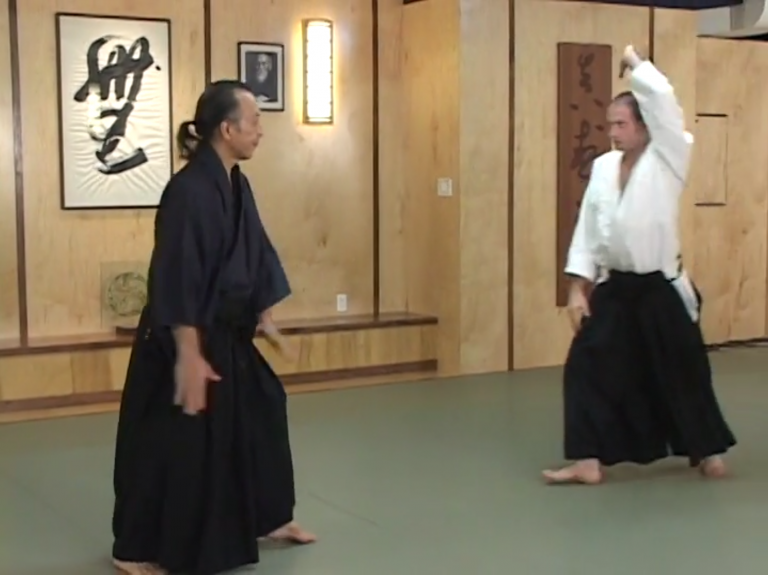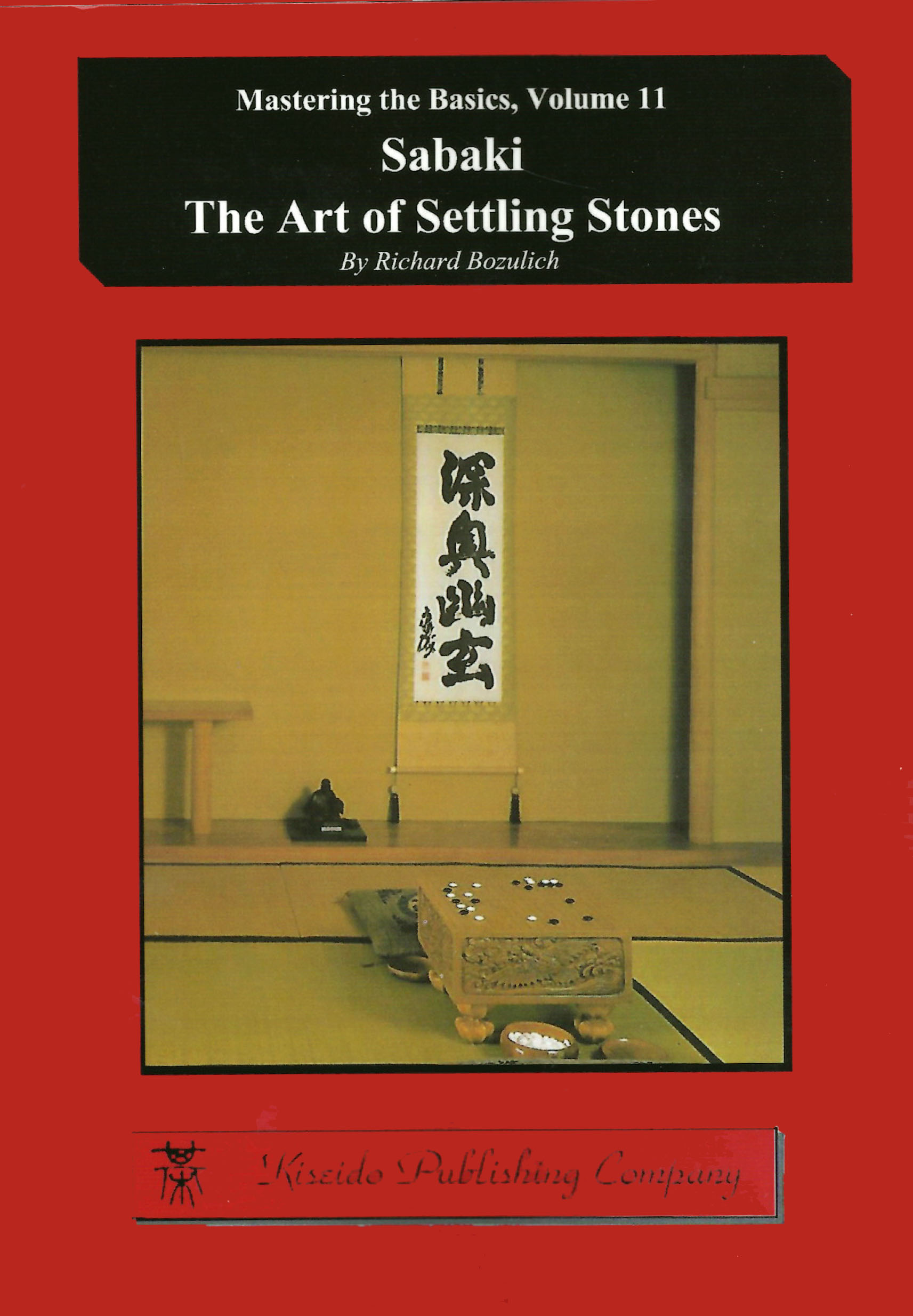
踏み込み足「ふみこみあし」: the foot which stamps on the floor with the entire sole.踏み込み「ふみこみ」: a firm stamping step with the forward to stabilize the body.踏み切り足「ふみきりあし」: the leg/foot which provides force and stability by pushing off the floor, in a forward strike the left leg, in retreat the right leg.踏切「ふみきり」: a forceful kick /push off the floor with the leg to begin a "jump" forward.I have broken the sequence of movements down, and later will describe some practice ideas. To execute this footwork correctly is difficult to do, and can take several years to do properly. If your toes rise, it may be due to the step being to large - try smaller steps.This footwork is ideal for wooden smooth surfaces, but will be difficult on treated anti-slip surfaces.Do not drag feet try to make 足捌き「あしさばき」 smooth and graceful.Keeping the heel slightly raised, and sliding the ball of feet and toes helps slide feet smoothly.Slide (actually glide) your feet across the floor without pointing toes up.All 足捌き「あしさばき」 should be learnt and practiced with 摺足「すりあし」- sliding step.Please discuss this with for coach/sensei before practicing. However, I note that some newer texts and more recent instruction have described it as drawing up the left foot parallel with the right, and then immediately steeping forward on the right foot, Fig B. Do not move the left foot first - in all circumstances, moving the trail foot first is incorrect and should not be practiced, Fig A. In other words, the 次足 technique starts with forward foot advancing first, then followed by the left foot being drawn even with the right to complete the first step of the movement. I was taught (as older texts describe it), when practicing 次足, it is particularly important to keep in mind the basic rule that the foot corresponding to the direction of movement is advanced first. 次足 is used to move forward quickly across a distance greater than would be possible to cover using 送り足「おくりあし」. It is normally recommend leaving this practice to later in your study (Shodan +) as it can lead to bad habits forming in 基本. 次足「つぎあし」 is an advanced footwork technique.


歩み足「あゆみあし」 is the same as a walking step and is used in situations requiring rapid movement across an extended distance. As the name implies, this footwork allows a person to step out of the way, opening the path of an advancing opponent, while maintaining correct guard posture of the body and feet. 開き足「ひらきあし」 is a footwork technique applied when a diagonal movement would prove advantageous in avoiding an opponent's attack and open opportunities for a counterattack. The movement is a simple shuffle step with the foot corresponding to the direction of travel initiating the movement.

Of the four footwork techniques, 送り足「おくりあし」 is the principal technique, as it allows coordinated body movement in all directions and can be associated with all 剣道 techniques. (The first 3 are used most frequently.) 送り足「おくりあし」 Without good footwork (without a strong foundation), it is difficult, if not impossible to build the structures of 剣道 technique. 足捌き is the single most important physical aspect of 剣道 it is the foundation of all 剣道 skills. 足捌き「あしさばき」is the collective term for all 剣道 footwork techniques.


 0 kommentar(er)
0 kommentar(er)
